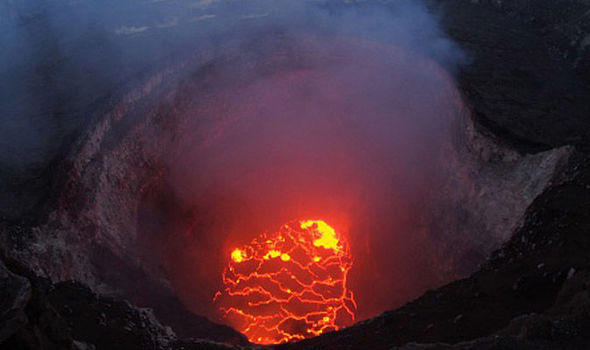Kilauea in Hawaii erupts
One of the world’s most active volcanoes, Kilauea, in Hawaii, dramatically erupted on May 3, 2018 at 5:42 p.m. and lava started to travel through residential subdivisions within the Puna district on the Big Island.
Kilauea is part of the south-eastern side of the Big Island and is 4,190 feet above sea level. It has had 60 recorded eruptions but has been mostly dormant since 1983. Kilauea’s last major volcanic eruption was in 2014 which lasted for several months.
Thankfully the eruption was not large enough for there to be a tsunami threat in Hawaii.
 More than 200 people are now staying in emergency shelters and many families have said goodbye to their homes and 1,700 residents of Leilani Estates were forced to evacuate.
More than 200 people are now staying in emergency shelters and many families have said goodbye to their homes and 1,700 residents of Leilani Estates were forced to evacuate.
No one has been killed but one man was injured due to a lava bomb that hit him in the leg.
“[When moving here everyone knows the chances of lava] this was a gamble that everyone takes. Maybe I’ve lost,” said Gebbie, a resident in Pahoa, Hawaii, who built his dream home in the last three years and has been a resident for the past 10 years.
Because of the volcanic eruptions there have been over 2,000 earthquakes within the past week. These quakes have created fissures.
Fissures are large cracks created by the earthquakes from which lava spews. There are now a total of 24 fissures but only 19 of them are very active.
Although the volcano is affecting only part of the island, the volcanic haze has now traveled to Guam, a United States property that is 4,000 miles away, and across the Pacific to threaten the Mariana Islands.
The haze can be harmful only to those with sensitive respiratory systems. It will slowly start to dissipate and will only return if Kilauea erupts again.
Scientists in Japan, Costa- Rica, Iceland, and other countries are closely watching this volcanic eruption to learn how to prepare for any future ones.

I am a senior in my second year of journalism. I joined Journalism because I enjoy writing and wanted to expand on my skills. I love to write school...








